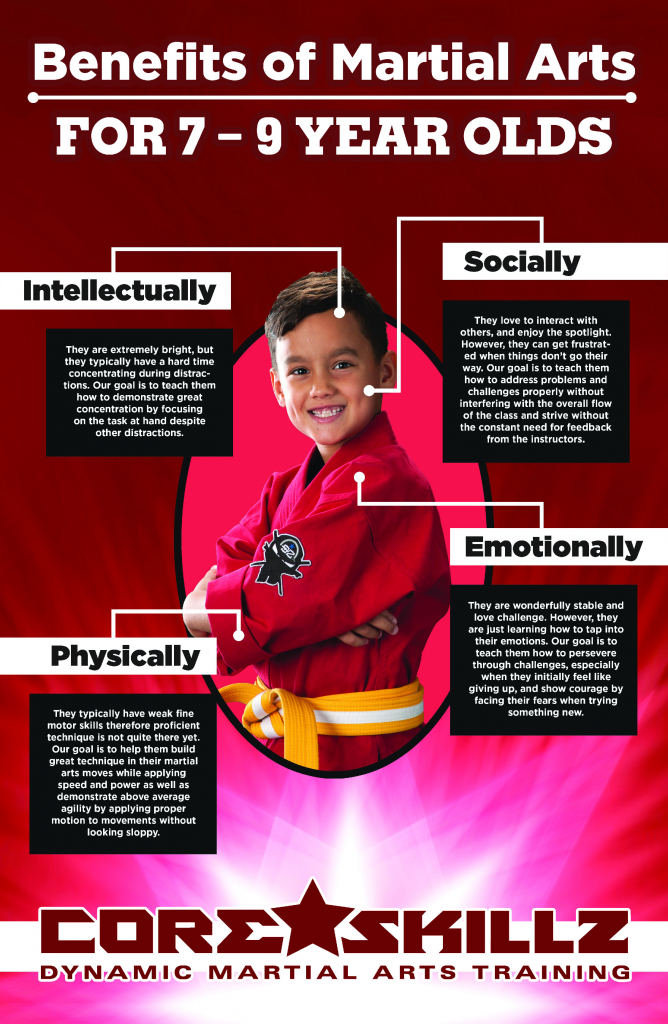Did you understand that versatility plays an important role in fighting styles training?
In https://best-martial-arts-for-aut66654.blogvivi.com/34486990/discussion-with-a-martial-arts-professional-gaining-knowledge-and-inspiration , a research carried out by the International Journal of Sports Physical Therapy disclosed that over 80% of martial musicians deal with restricted versatility.
Yet why is adaptability so important? Well, it not just enhances your performance and method however likewise reduces the threat of injuries.
So, if you're seeking to take your fighting styles skills to the following level and remain injury-free, you'll definitely want to keep analysis.
Benefits of Flexibility in Martial Arts
Adaptability in fighting styles brings countless benefits to professionals, enabling you to enhance your performance and decrease the risk of injury. By boosting your flexibility, you raise your range of activity, allowing you to carry out methods with greater accuracy and efficiency.
This improved agility and fluidness in your motions can give you an one-upmanship, permitting you to react quicker and adapt to different scenarios during competing or competitions. In addition, raised flexibility aids to avoid injuries by boosting muscular tissue elasticity and joint flexibility.
It allows your body to move more freely, lowering the strain on your muscular tissues and tendons. This, consequently, reduces the possibilities of strains, strains, and muscle pulls. By integrating adaptability training into your martial arts method, you not just improve your efficiency however also guard your physical wellness.
Strategies to Enhance Flexibility
To improve your flexibility in fighting styles, you can include numerous extending workouts into your training regimen.
One reliable technique is dynamic stretching, which entails moving with a complete range of motion to warm up your muscles and boost adaptability. mma near me for beginners include leg swings, arm circles, and trunk rotations.
https://coaching-kids-martial-art54208.dm-blog.com/33900568/uniting-mind-body-and-spirit-the-ideology-of-a-martial-arts-academy is static stretching, where you hold a stretch for a sustained period of time. This aids extend and relax your muscular tissues, improving adaptability with time. Usual fixed go for fighting styles include the butterfly stretch, hamstring stretch, and shoulder stretch.
Additionally, incorporating yoga exercise or Pilates right into your training can likewise substantially enhance your flexibility.
Bear in mind to constantly warm up prior to stretching and listen to your body to stay clear of injury.
Flexibility Educating for All Ability Degrees
As you proceed in your fighting styles training, improving your flexibility comes to be important for enhancing your total performance. Versatility training isn't just useful for sophisticated specialists however additionally for beginners and intermediate students.
No matter your skill degree, integrating adaptability workouts into your training routine will certainly aid you establish a variety of movement, prevent injuries, and boost your method implementation.
For newbies, versatility training can aid boost your form and pose, permitting you to perform motions properly and effectively. Intermediate practitioners can use adaptability training to further raise their series of movement and enhance their fluidity in performing facility techniques. https://www.foxnews.com/entertainment/bruce-lee-fans-gather-hong-kong-commemorate-50-year-anniversary-martial-arts-legends-death can take advantage of flexibility training by preserving and improving their existing versatility, enabling them to do innovative actions easily.
Conclusion
In conclusion, embracing versatility in your fighting styles training is extremely important. By including strategies to improve adaptability, you can improve your performance and stop injuries.
Bear in mind, 'A flexible body is a resistant body.' So, keep pushing your limitations, extending on a regular basis, and reap the benefits of a supple and agile figure.

 Danny Tamberelli Then & Now!
Danny Tamberelli Then & Now! Hallie Eisenberg Then & Now!
Hallie Eisenberg Then & Now! David Faustino Then & Now!
David Faustino Then & Now! Marcus Jordan Then & Now!
Marcus Jordan Then & Now! Stephen Hawking Then & Now!
Stephen Hawking Then & Now!